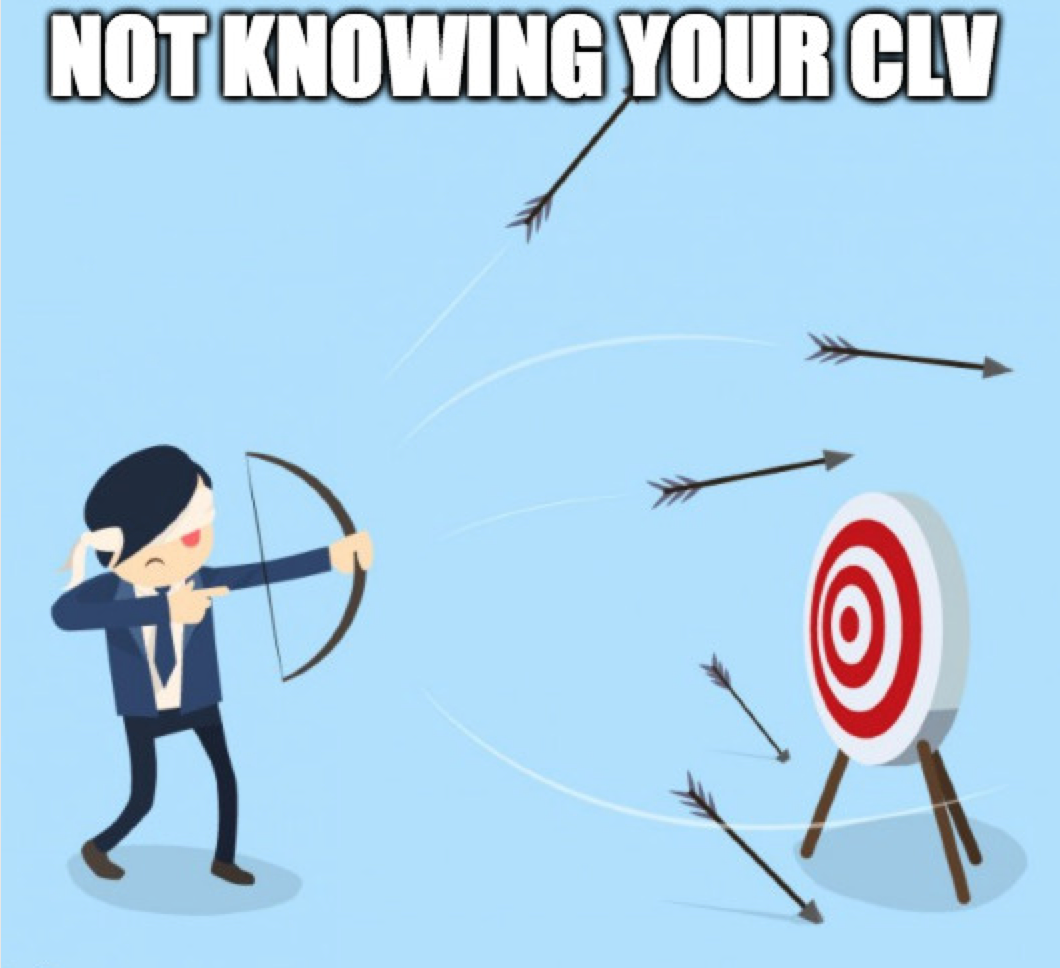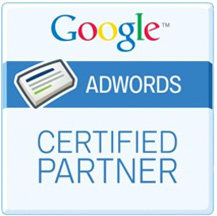Believe it or not, one of the most valuable marketing and easy-to-use metrics in business is also the most overlooked formula. It simply amazes me how many people are not using this formula. In a day and age where quantifying your data is crucial to a business’s success, it’s no wonder half of all startups are out of business within the first year. What is it you ask?
It’s called Customer Lifetime Value (CLV)— and it’s a game-changer for your business.
As an ecommerce retailer, service business, or any business which has recurring clients, knowing the CLV (also can be referred to as CLTV, LTV, and LCV) of your customers is one of the most crucial tools for your success. It helps to develop a healthy business model and profitable strategy as you intentionally invest in reaching the clients will grow your brand the best.

Calculating the lifetime value of a customer also helps to:
Develop a more efficient customer acquisition
When you only focus your marketing channels based on the gross profit of an initial purchase, you limit the return on investments (ROI) of customer acquisition. Instead, you should be optimizing the channels that reach your most profitable customers in terms of their lifetime value. Understanding and implementing the CLV into marketing strategies will enhance customer acquisition by giving you insight into the demographic that should be targeting. The trick is to maximize your customer lifetime value in relation to the investment or cost of customer acquisition to develop a recipe for success.
Create better and more personalized targeting and messaging
Relevance is key when it comes to reaching your targeted audience. Using CLV to segment your brand’s customer base is important because it gives you a more dynamic view of your ideal client. You can use it to create more personalized messages that speak to the clients who will directly benefit your brand in the long run.
Foster stronger relationships with your most valuable customers
Calculating CLV can help you choose where to direct your customer service resources by identifying your most profitable clients. After all, the Pareto Principle applies well when it comes to consumers: 80% of your revenue is generated by only 20% of your customers. So, giving particular attention and better service to the best customers will give you more support from them, which helps push up margins and make your business more profitable.
Identify and utilize behavioral triggers
You can use CLV to identify the behavioral triggers of your ideal clients. To figure out the most influential incentives that get your most valuable customers to make their first purchases, you can organize data into natural clusters and make comparisons. Try to better understand why certain triggers lead to purchases, and then replicate the triggers with prospective customers.
How to Calculate CLV of Customers
While there are multiple ways to calculate CLV, using the most basic formula focuses on the variables that you’re most able to control. Thankfully, it’s pretty simple to calculate with the breakdown of this awesome infographic from KISSmetrics:
(Average Order Value) x (Number of Repeat Sales) x (Average Retention Time)
KISSmetrics breaks down each step of the calculation of CLV using Starbucks as an example. The first step indicates how to find the average sale, which is the first variable. Then, the next step is to find the number of repeat sales, which is the number of visits per week in this case of the infographic (shown below). Then, the averages are plugged into the formula above to find the lifetime value of customer for that particular given time.
Another example could be applied to a monthly subscription service, like Spotify Premium. The membership costs $10 a month, giving their customers access to thousands of songs to listen to whenever and wherever they are without any ads interrupting. So, we could apply the formula in this way:
($10) x (12) x (3 years) = $360
So each subscriber has a value of $120 a year, or $360 if the if membership lifetime average is 3 years. For college students, they offer it at half price. So for those who flash their student IDs, their annual CLV is $60, or $180 for 3 years.
And with all the interrupting advertisements that play on the free Spotify accounts (not to mention being limited to shuffle play on mobile devices), the monthly subscription is a tempting offer. Then more questions arise: How does a free trial month of Spotify convince more people to subscribe? How many of those potential customers keep on subscribing? Is losing $10 for a potential customer worth it? Is losing $5 a month worth it on certain customers?
Calculating the CLV is made to answer those questions, helping you understand how to reach and keep the most valuable customers coming back for business. It can help you find innovative ways to increase the lifetime value of a customer by creating offers and building better service catered to you best clients.
Take the time to work through the numbers through this simple equation. Doing so when you’re early on in the business can give you a head start on building your brand towards your ideal client. Don’t forget to use variation to find out which strategies provide the best results. Ultimately, it’s what determines the strategy and success of your company.
In the coming week, I’m going to write a blog post about how to use your CLV in order to calculate how much you should spent to acquire a client (CAC = client acquisition cost).





